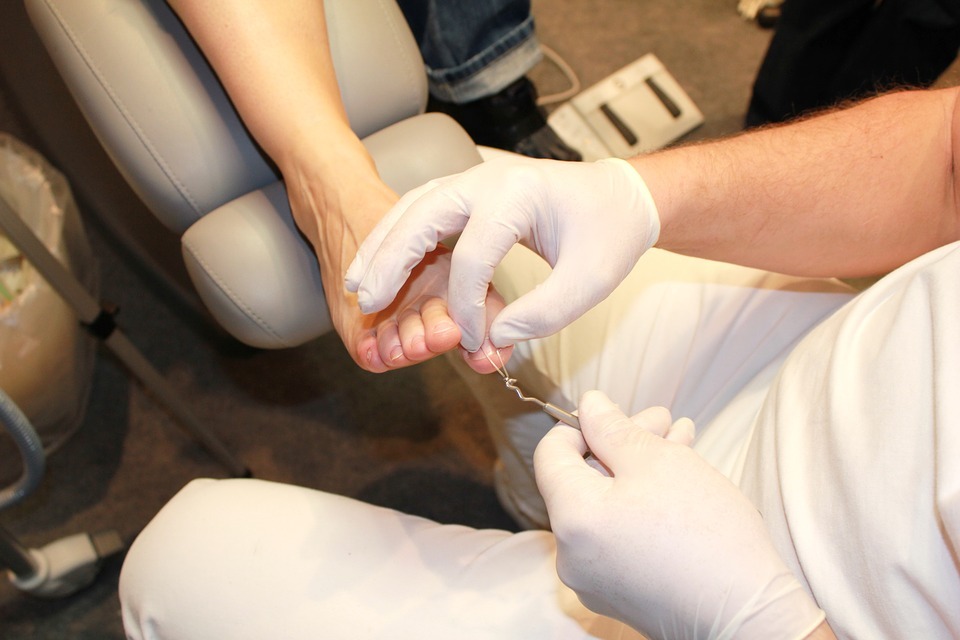With the warm weather knocking at the door, the ankle and feet come out of hibernation. However, you should keep it ready to avoid health issues. It is because most individuals take their ankle or feet problem lightly. They are not sure whether they should go for treatment or not. Moreover, continuous foot discomfort is not normal. When you ignore the problem, it can lead to severe issues. Also, issues like arthritis or joint pain, sports injury, skin problems, and others require podiatrist attention as fast as possible. These are a medical specialist, who manages and treats all symptoms, which involve foot or ankle issues.
Why go to a podiatrist?
In case you are experiencing one or many of the following problems. The time has come to make an appointment with a podiatrist.
- Pain, swelling, and numbness in the foot: The occasional bump or sore feet are standard. However, sudden swelling, pain, and numbness in the feet may be because of severe reasons. These are early signs of severe problems that require immediate attention.
- Nail fungus: another foot problem that requires immediate medical attention is nail fungus. The number of these cases is increasing every day due to visits to nail salons. According to Dr Sean Reyes Podiatrist, the infection causes discolored and thick nails when left untreated. It further increases the risk of spreading to other toenails.
- Continuous pain in the heel: there are several reasons behind heal pain. The best Podiatrist can diagnose and thereby recommend a treatment plan. They take an x-ray to determine the root cause of the problem. Also, they have reliable knowledge and expertise to deal with the situation.
- Recurring athlete’s foot: one widespread fungal infection takes the form of an athlete’s foot. It can be treated, with sprays or creams which are found, over the counter. However, if it reoccurs, you have to get in touch with a podiatrist who can prescribe an effective cream and check for the infection. Also, there are oral medications available that can rectify the problem.
- If you have diabetes: people with diabetes are at a higher risk of foot problems. It includes nerve damage, infection, ulcers, and poor circulation. In case you have diabetes, you have to immediately get in touch with medical practitioners if you face any foot issues.
In addition to this, bunions, ingrown toenails, broken or sprained ankle or foot, painful calluses or cons, and joint pain in the ankle or foot are other signs. That will tell you to take immediate medical help.
If you initially attend to the problem, the issue will not take a severe turn in the future. You must know that your overall health directly relates to foot issues. It may take a more severe turn if left unattended. Keep in mind that joint pain in the ankle or foot may be because of several reasons. People often take these problems casually, which can be detrimental to the overall well-being.

